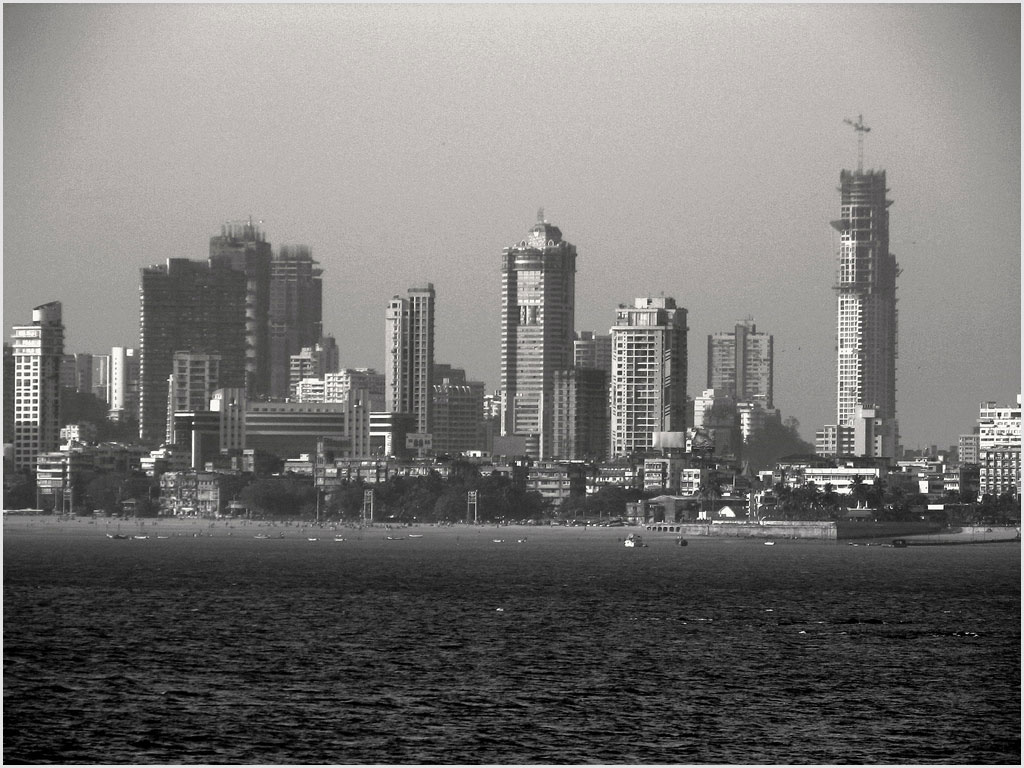The Coastal Regulation Zone Notification (“the Notification”) of 1991 imposes restrictions on construction activity along the coastline of India and is often cited as the reason housing in Mumbai has not kept pace with economic development and increased population. It divides the coastal stretch of India into four types of Coastal Regulation Zones, depending upon such factors as the distance of the area from the high and low tide lines and ecological sensitivity. Until 2009, the coastal stretch was classified into the four zones without any exception. Among other things, restrictions were placed on the Floor Space Index (“FSI”), also known as the Floor Area Ratio (“FAR”), the ratio of the total floor area of a building on a certain piece of land to the size of the land on which such building stands. It was frozen to the cap, as it existed in 1991, when the Notification first came into force. The proposed relaxation contemplated in the draft 2010 amendments to the Notification aim to treat Mumbai as a special case. The draft of the amended Notification is undergoing a process of public consultation. All amendments, if finally approved, will come into force after the public consultation period of 60 days.

The city of Greater Mumbai had a major portion of the island falling within Coastal Regulation Zones I and II. In 1991, the Government of Maharashtra, exercising its powers under the Maharashtra Regional and Town Planning Act, notified the Development and Control Regulations for Greater Bombay. These regulations prescribe FSI for the ‘Island City’ as 1.33 subject to certain exceptions. The CRZ regulations reduced the supply of land and floor space, which can be built and, together with the low FSI, were responsible for the low floor space consumption of the middle class and the poor living in Mumbai. While the population of Mumbai grew continuously with the economy, the height of the buildings remained constant. Perhaps as a result, slums in Mumbai spread at a very high rate.
There are also dilapidated buildings with FSI greater than 1.33, which were constructed before 1991. These buildings cannot be reconstructed as any new construction will have to adhere to the FSI of 1.33 and this would be economically unfeasible. As a result of this a large part of Mumbai’s population is being forced to live in buildings that are unsafe.
An increase in FSI is often associated with an increase in density of population. It is true that an increase in FSI, if applicable only to a few individual plots, would result in a higher density on the affected plots. On the other hand, it can be argued that a blanket unfreezing of FSI through the removal of CRZ norms for Mumbai would mean a large increase in the floor space available and hence, spreading out of population, leading to lower density and lower real estate prices.
The potential for further ecological damage to Mumbai, which has already developed up to the shoreline, is very little. While CRZ regulations make great ecological sense in rural areas, it will only be an impediment to cater to the basic human need for housing in a city like Mumbai. Further, the public interest involved in developing affordable housing is far greater than the public interest involved in the case of development of Navi Mumbai Airport or the Bandra-Worli Sea Link, for which regulations had been relaxed.
The Swaminathan Committee had been set up to review the Draft Coastal Management Zone Notification, 2008 and the comments received on the notification. The Notification of 2010 is a consequence of the report of this committee, which also provided the background for why Mumbai is being considered as a special case. The Committee had also suggested that the government should try and resolve issues regarding the development and redevelopment of Mumbai through location-specific amendments. Even though the Committee suggested that a higher FSI may be permitted for buildings, it also advised public funding for rehabilitation and reconstruction projects.
Taking the lead from the report, the Ministry of Environment and Forests has put up a draft of the amended version of the Notification on its website on September 13, 2010. The draft notes that in the Greater Mumbai area, lakhs of families reside in large slum clusters and in deplorable living conditions. Civic agencies are not able to provide basic amenities such as drinking water, electricity, roads and drainage because slums come up in an unplanned and congested manner. It also notes that these areas are at great risk in the event of cyclones, storm surges, or tsunamis because of the difficulties in providing rescue, relief, and evacuation services.
To remedy this problem, the draft Notification prescribes the initiation of slum redevelopment schemes by the relevant state authorities. It further provides that the FSI for such redevelopment schemes should be in accordance with the Town and Country Planning Regulations prevailing on the date on which the project is granted approval by the competent authority.
The draft Notification also acknowledges the large number of old, dilapidated, and unsafe buildings in the CRZ areas of Greater Mumbai, which, because of their age, are extremely vulnerable and disaster prone, and notes that there is an urgent need for the redevelopment or reconstruction of these buildings. It provides for redevelopment and reconstruction projects to be taken up by private developers or through the involvement of the owners of these buildings. The applicable FSI / FAR has been de-frozen from the 1991 levels and has been kept in consonance with the relevant town and country planning regulations prevailing as on the date on which the project is granted approval by the competent authority.
Shantanu Jindel and Shivani Chugh are lawyers with RDA Legal
